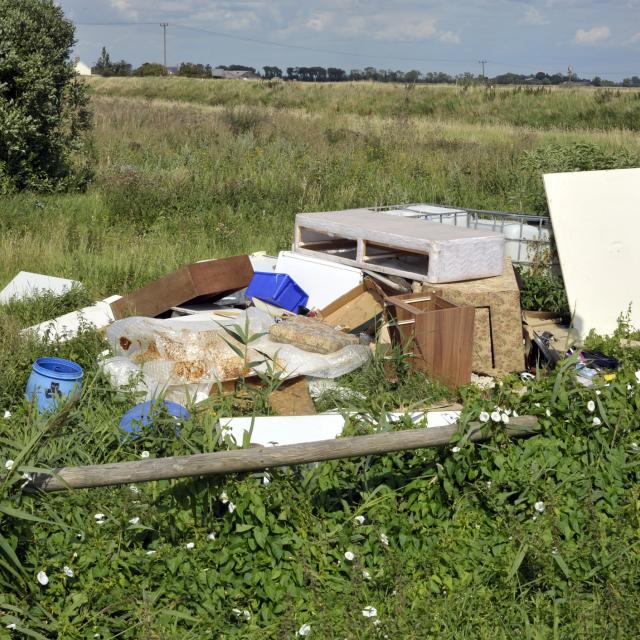Exploring barriers to engagement with the environment for ethnic minority communities


In 2020/21 English local authorities dealt with 1.13 million fly-tipping incidents, an increase of 16% from 2019/20. The estimated cost of dealing with fly-tipping on public land has risen by 87% to nearly £400 million in just four years.
In 2021 research was commissioned by the Department for Environment, Food and Rural Affairs (Defra) because it had become increasingly obvious that a more detailed and systematic examination of the factors influencing fly-tipping was necessary. The project was led by Air & Space Evidence Ltd alongside partners from the National Centre for Social Research (NatCen), University College London, LSE, University of Waikato and specialist waste consultancies. Its aim was to create a better understanding of the systemic strengths and weaknesses of the current systems in place for tackling fly-tipping, which might aid the development of interventions and wider recommendations – positive and practical solutions to enable policy change and support other stakeholders to raise their game and reduce the numbers of fly-tips.
As part of this study NatCen undertook two focus groups of the general public, a survey of the general public through the NatCen Panel, and one-to-one interviews with people who had admitted to fly-tipping in the past. This research collected data showing participants’ awareness and understanding of fly-tipping; how the public get rid of unwanted household items that could not be put into regular waste or recycling bins and their experiences around this; the reasons why some people fly-tip; the perceived impacts of fly-tipping; and the success of interventions that try to tackle fly-tipping.
A number of important conclusions came out of the research. First, problems with Council-run infrastructure and service provision, including cost, access, and convenience were highlighted as being pervasive issues affecting fly-tipping.
Second, the effectiveness of many of the measures/interventions in place that might help reduce or prevent fly-tipping depend on the general public and businesses having knowledge of these. The research found a significant weakness – many people and businesses did not understand the rules in place around checking who they should be giving waste to and their own legal responsibilities if they give waste to a company that goes on to fly-tip it.
Third, an important new finding was that not all fly-tipping is equal: some of what is being recorded as fly-tipping are the actions of people trying to recycle and re-use – and trying to do the right thing – but failing due to certain circumstances. For example, people may not place materials in a recycling bank but on top of it, or they may put bin bags out on a week when their waste was not collected. The fact that as many of 20% of the population in England appear to be inadvertently fly-tipping suggests that there are probably large numbers of people who don’t realise they are doing the wrong thing.
Finally, 92% of the public and 96% of businesses reported that reducing environmental impact was an important factor in their decision-making when getting rid of unwanted items. 85% of the public and 91% of businesses said that giving their unwanted items to somebody responsible was also important to them. These two factors were more important than cost or convenience, showing that there are lots of people who want to do the right thing and that engagement and persuasion through campaigns and education is likely to yield positive results.




Receive a regular update, sent directly to your inbox, with a summary of our current events, research, blogs and comment.
Subscribe